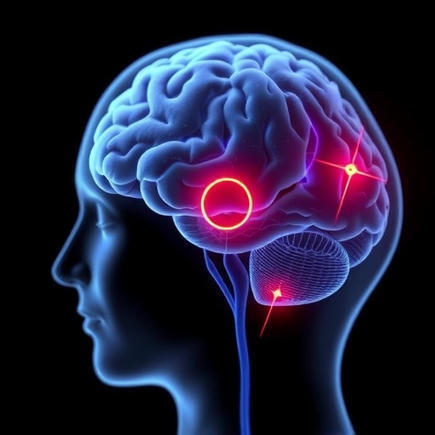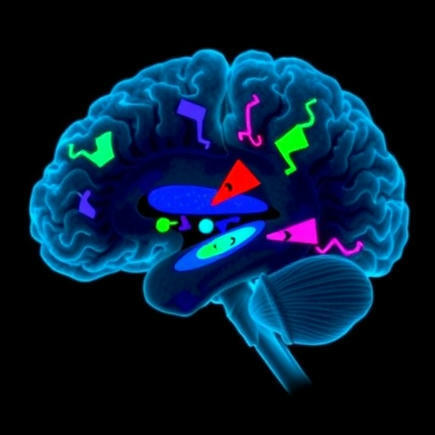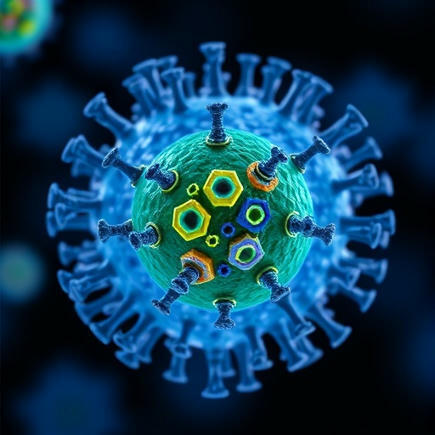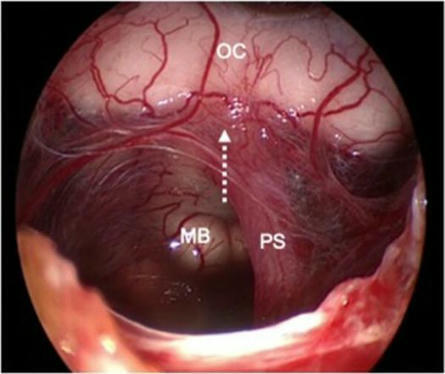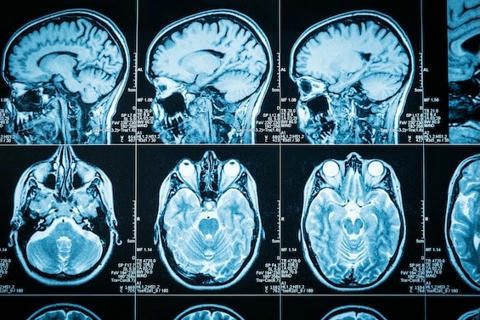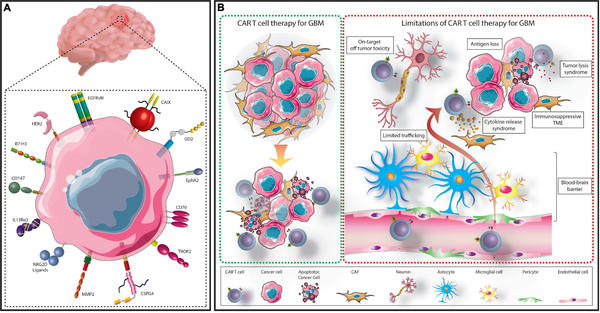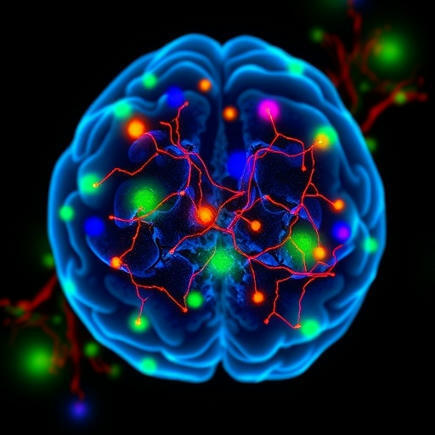
Paeoniflorin inhibits glioblastoma proliferation and promotes autophagy through the AKT/mTOR pathway
PF induced autophagy and apoptosis in a dose-dependent manner in two human GBM cell lines (U87 and U118), inhibited cell proliferation, migration, and invasion, and caused cell cycle arrest. Further investigation of the mechanism underlying PF-mediated autophagy and inhibition of GBM cell growth showed that PF upregulated the autophagy-related proteins LC3B and P62 and downregulated P-AKT and P-mTOR, which may be involved in the regulation of autophagy. Treatment with an activator of AKT restored the expression of these proteins. The results indicate that PF induces autophagy and apoptosis through the AKT/mTOR pathway, suggesting its potential as a novel treatment for GBM.
 Your new post is loading...
Your new post is loading...
